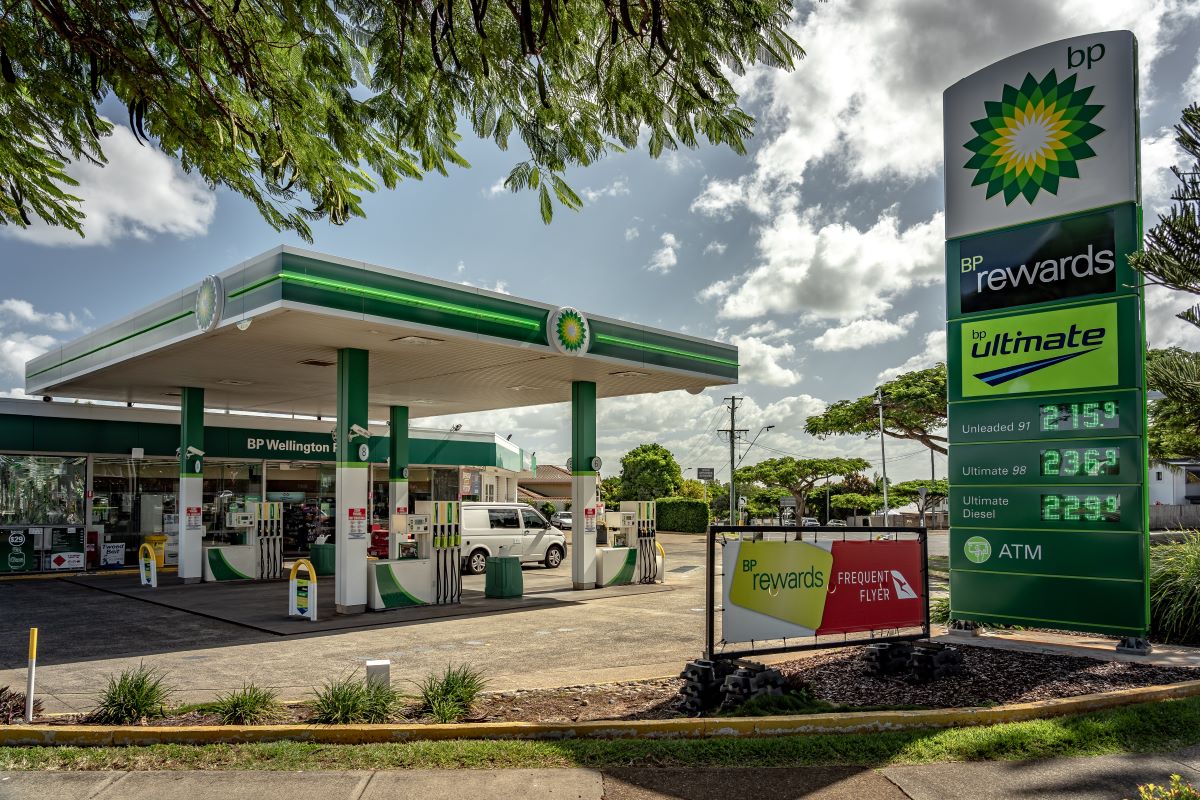Australia’s inflation has witnessed a surge during the July to September period of 2023, as the consumer price index (CPI) exceeded market forecasts. The upswing in inflation was primarily driven by substantial price increases in categories such as automotive fuel, rents, and new dwelling purchases.
The fiscal year in Australia starts on July 1 and ends on June 30 of the following year. In the September quarter of FY24, the Australian Bureau of Statistics (ABS) reported that the headline CPI rose 1.2%, up from 0.8% in the preceding quarter, defying market expectations of a 1.1% increase during this period.
On an annual basis, the headline CPI reached 5.4%, slightly lower than the 6% reported for the June quarter. Analysts had projected an annual CPI rate of 5.3% for the September quarter. “This marks the third quarter in a row of lower annual inflation, down from the peak of 7.8% in the December 2022 quarter,” said Michelle Marquardt, ABS head of prices statistics.
Meanwhile, in the July to September timeframe, the trimmed mean CPI, which removes the impact of the more erratic price fluctuations, increased by 5.2% annually, compared to 5.9% in the June quarter.
Australia’s inflation propelled by higher fuel prices
Australia’s inflation in the September quarter of FY24 was driven by the largest quarterly rise in fuel prices since March 2022. The cost of automotive fuel rose by 7.2%, primarily due to higher global oil prices.
Furthermore, there was a 2.2% increase in rents on a quarterly basis, down from the 2.5% rise observed in the preceding June quarter. Besides, there was a 1.3% quarter-on-quarter increase in new dwellings purchased by owner-occupiers, while electricity prices saw a significant 4.2% rise due to consumers bearing higher wholesale prices following an annual review in July.
On a yearly basis, the cost of new dwellings, electricity expenses, and automotive fuel prices surged annually by 5.2%, 14.5%, and 7.9%, respectively.
On the other hand, childcare costs saw a significant decline of 13.2%, representing the most substantial reduction for this quarter. The Australian Bureau of Statistics (ABS) underscores that adjustments to the government’s childcare subsidy led to an enhanced subsidy for more than a million families.
During the same period, the prices of fruits and vegetables witnessed a quarterly decline due to favourable growing conditions. The reduction was primarily attributed to lower prices for items such as berries, grapes, and salad vegetables, including tomatoes, broccoli, and capsicums.
Higher inflation stokes rate hike concerns
“Fuel and rents made strong contributions to headline inflation, while government measures to limit cost-of-living pressures weighed on utilities and childcare costs…Recent events in Israel and Palestine have added further upside risk to commodity prices…,” said Oxford Economics.
“There is a material chance these data will force the RBA away from the very patient path they have adopted since the last rate hike in June,” added the global economic researcher.
The new RBA Governor, Michele Bullock stated in her first speech yesterday, “The Board will not hesitate to raise the cash rate further if there is a material upward revision to the outlook for inflation. At the same time, the Board is mindful that growth in demand and the rate of inflation have been moderating, and that there are long lags in the transmission of monetary policy.”
When considering the present condition of Australia’s economy, analysts contend that the most significant hurdle facing the nation is boosting business investment and productivity. This challenge takes on added significance amid the backdrop of geopolitical uncertainties like the conflict in the Middle East.
“Consumer confidence remains extremely fragile, near its all-time low point. Business failures have also been on the rise through 2023, centered on construction but also affecting accommodation and food services, manufacturing, and retail trade,” said Deloitte.
Faced with these headwinds, the IMF has projected the country’s real GDP to grow by 1.6% in 2023 and 1.7% in 2024, a significant downgrade from the 3.7% real GDP growth witnessed by Australia last year.










 Australia
Australia China
China India
India Indonesia
Indonesia Japan
Japan Malaysia
Malaysia Philippines
Philippines Singapore
Singapore South Korea
South Korea Taiwan
Taiwan Thailand
Thailand Vietnam
Vietnam Germany
Germany Hong Kong
Hong Kong USA
USA Switzerland
Switzerland Singapore
Singapore
 United Kingdom
United Kingdom








